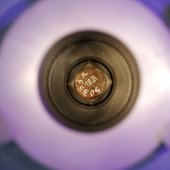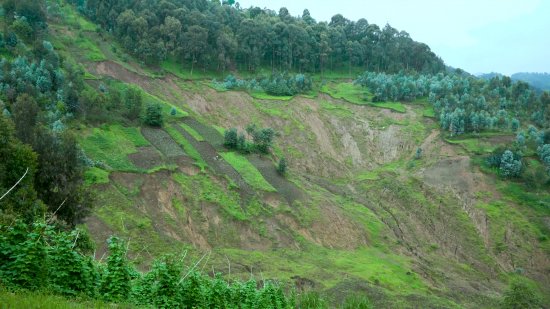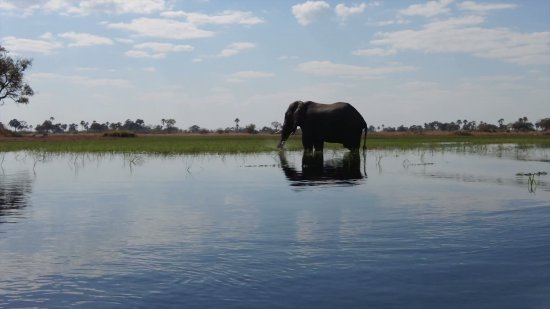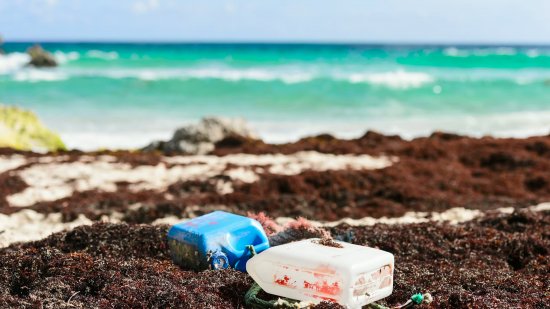
Géosciences Rennes
RENNES CEDEX
Géosciences Rennes is multidisciplinary unit focuses on geological processes and the evolution of continental surfaces at long time scales, as well as the functioning and dynamics of our natural environment (the critical zone) on human time scales. In addition to this diversity of time scales, the work ranges from microscopic to nanoscale to continental.


